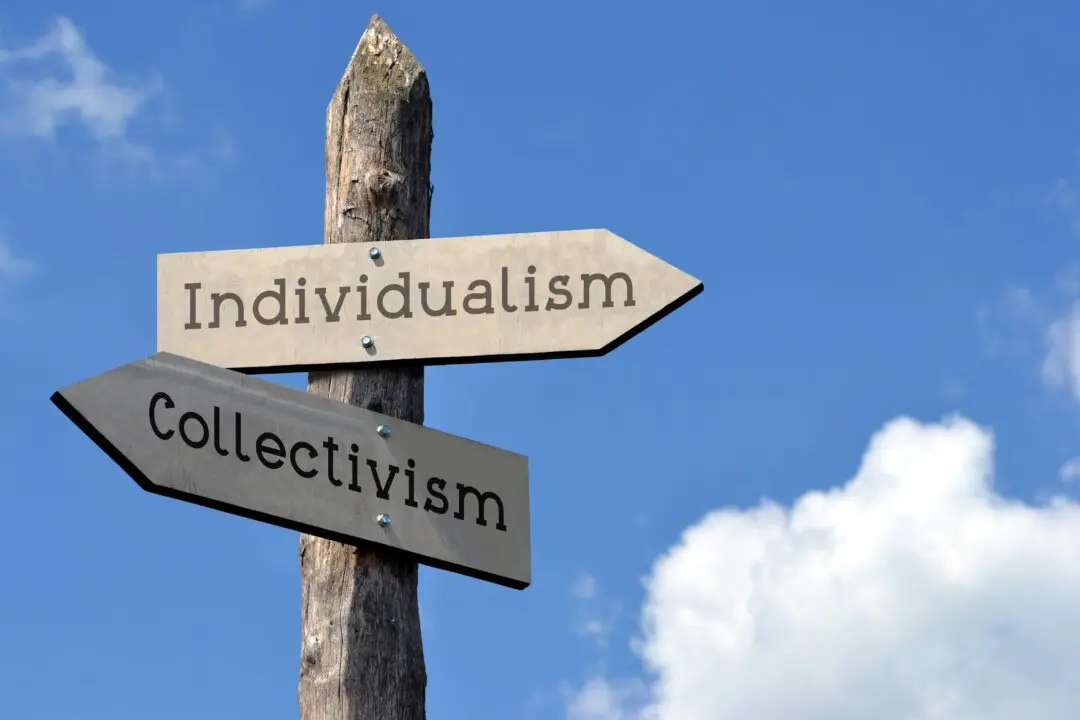Commentary
My good friend professor Yuri Maltsev died this week and I’ve spent these mourning days recalling our conversations. He was a leading economist in the old Soviet Union, as the top advisor to Mikhail Gorbachev’s chief economist. He defected in 1989 before the Soviet Union fell apart. We became fast friends just after he landed in D.C., and we spent a year or more together collaborating on many projects.





